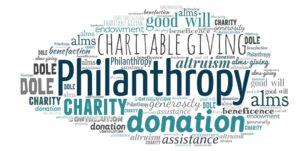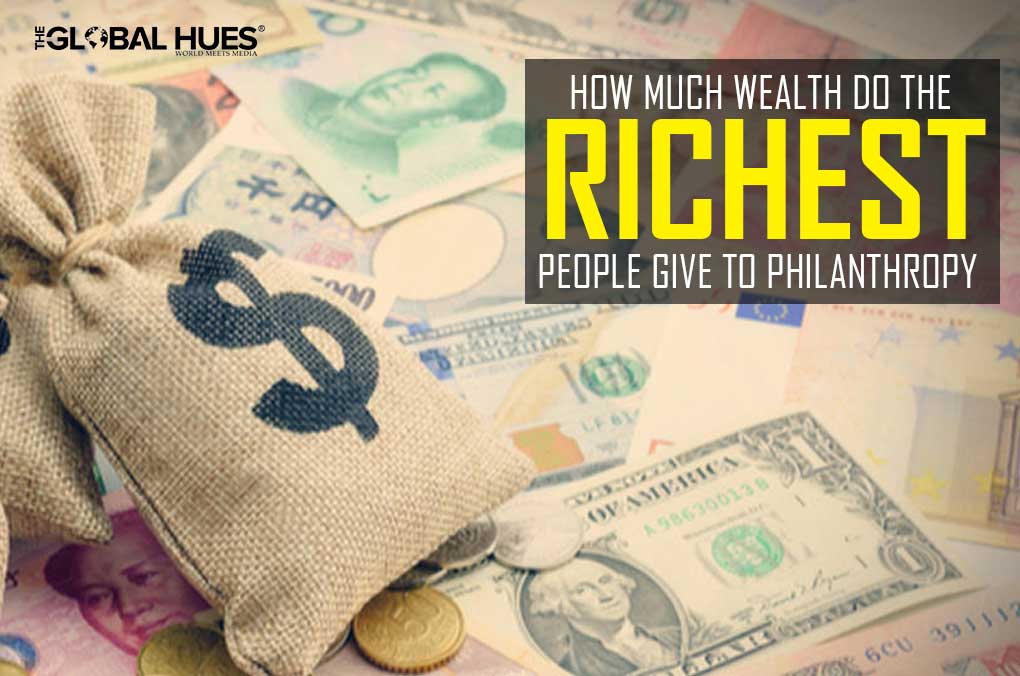Indian economy is bouncing back to the growth trajectory. It is likely to become a $5 trillion economy by the financial year 2030. However, as per the Indian Philanthropy Report (IPR) 2022 released by Bain & Company and Dasra, the gap between the top 1st percentile and the bottom 50th percentile has continued to widen, and the Covid 19 pandemic has pushed more than 200 million Indians into poverty. Meanwhile, the overall family philanthropy (given by UHNIs and HNIs) has contracted.
In this report, HNIs are high net worth individuals with wealth between Rs. 7 crore and Rs. 1000 crore while individuals with a wealth of more than Rs 1000 crore are UHNIs. The contribution of HNIs has seen a modest six per cent CAGR from about Rs. 16,000 crore in FY15 to around Rs. 22,000 crore in FY21.
The volatility comes from the UHNI segment. As per the report, even though UHNI giving has increased over the past two years, giving as a percentage of net wealth (excluding Azim Premji) has declined. The number of people in the UHNI segment has increased to more than 1,000 in FY21 from 820 in FY20. Their cumulative net worth has increased from approximately Rs. 60 lakh crore in FY20 to approximately Rs. 90 lakh crore in FY21, indicating an approximate increase of 50 per cent. However, the relative contribution as a percentage of wealth among UHNIs in India ranges from 0.1 per cent to 0.15 per cent compared with 1.2 per cent to 2.5 per cent in the United States, 0.5 per cent to 1.4 per cent in China and 0.5 per cent to 1.8 per cent in the UK.
Funding in FY21 stood at 8.5 per cent of the GDP. According to NITI Ayog (Premier policy think tank of the Government of India that provides directional and policy inputs), India needs to funnel approximately 13 per cent of its GDP into social causes to meet its United Nations Sustainable Development Goals (SDG) by the year 2030. The Report plugs the deficit at Rs. 8 lakh crore in FY21 and Rs 10 lakh crore in FY26 if the same trajectory continues. In fact, the social sector expenditure as a percentage of GDP is less than neighbouring countries and other countries, such as Russia, Brazil, China, and some way behind Organisation for Economic Cooperation and Development countries.This comes at a time when the country is facing a deficit in social sector funding which stands at Rs. 17.5 lakh crore in FY21 and about 93 per cent of it is public funds (central and state social expenditure). Private funds account for 7 per cent of the total social sector funding, which stands at approximately Rs. 100,000 crore.

CONTRIBUTION FROM TECHNOLOGY & CLOUD SERVICES SECTOR TO PHILANTHROPY
Indian Philanthropy Report also says that the philanthropic potential of UHNIs is being steered by the emergence of startups and young tech entrepreneurs. UHNIs from the technology sector have donated more generously than other sectors, constituting about 8 per cent of the total UHNI wealth in 2021 but contributing approximately 35 per cent of total donations of Rs. 4,500 crore in FY21, with similar trends noted in FY20.
Sector Segmentation of total wealth and total giving (%2020)
| Sector Segmentation | Total Wealth (~60 lakh crore) | Total Philanthropic Giving (~4100 crore) |
| Energy & Natural Resources | 25% | 26% |
| Advanced Manufacturing & services | 20% | 20% |
| Healthcare | 15% | 12% |
| Consumer Products | 15% | 3% |
| Technology & Cloud Services | 8% | 25% |
| All others | 17% | 12% |
Source: India Philanthropic Report 2022
Sector Segmentation of total wealth and total giving (%2021)
| Sector Segmentation | Total Wealth (~85 lakh crore) | Total Philanthropic Giving (~4500 crore) |
| Energy & Natural Resources | 29% | 22% |
| Advanced Manufacturing & services | 20% | 20% |
| Healthcare | 14% | 14% |
| Consumer Products | 13% | 2% |
| Technology & Cloud Services | 8% | 35% |
| All others | 14% | 7% |
Source: India Philanthropic Report 2022
Furthermore, young philanthropists have a larger vision than traditional philanthropists. A possible increase in relative giving by NowGen philanthropists and tech entrepreneurs holds the potential to play a critical role in meeting the country’s social sector fund requirement.
THE SCOPE FOR UNLOCKING PHILANTHROPIC POTENTIAL
As per the report, Indian UHNI could potentially increase their donations by 8 times, to INR 90,000 to INR 100,000 Cr., given that they match the percentage of giving of their UK and Chinese counterparts, and by 13 times, to INR 160,000 to INR 170,000 Cr., if they can match their US counterparts.
Based on the projections, CSR, retail, and family philanthropy are set to grow by approximately 10 per cent to 14 per cent in the coming years. The report says that “There continues to be an information-expectation-priority asymmetry in the sector: Investing in strengthening ecosystems will help address that asymmetry and unlock greater, more equitable philanthropy.”
Furthermore, tax incentives might unlock greater philanthropic capital. However, sector leaders suggest that “although tax incentives may encourage giving as a desirable behaviour and unlock greater capital, it is not the underlying driver for philanthropy.” Therefore, there is a need to invest in philanthropic infrastructure and create an inspiring movement to establish giving as a social norm in the country.
FINAL WORDS
To propel the growth story of India, a real opportunity exists to invest in and support different funder groups across CSR, family philanthropy, and retail giving. To accelerate giving in India, it is important to build on the short term transformational potential of CSR, greater investment in building an enabling ecosystem for retail and HNI givers, and increased social investments by NowGen philanthropists. Building a strong philanthropy infrastructure is critical for India’s growth.
Source: This report takes insights from the India Philanthropy Report 2022 which is a collaborative effort of Bain & Company and Dasra.
Also read: Increase In Global Wealth Inequality: A Global Wealth Report 2021 Analysis



